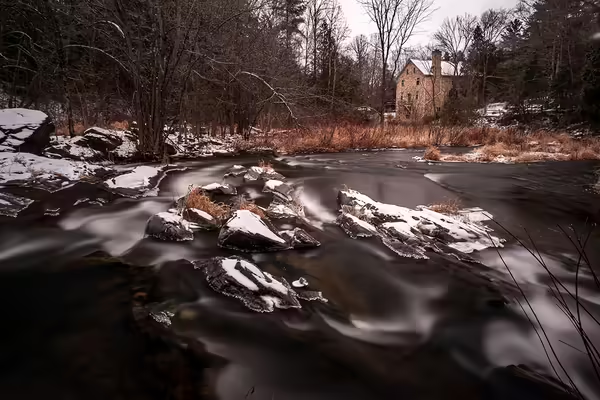
URBANA, Ill. – Soil erosion is a significant problem for agricultural production, impacting soil quality and causing pollutants to enter waterways. Among all stages of soil erosion, gully erosion is the most severe phase, where large channels are carved through the field. Once gullies develop, they are challenging to manage through tiling; they require a more comprehensive approach along the impacted area.
University of Illinois researchers developed a modeling framework that uses remote sensing environmental data to predict gully erosion susceptibility more accurately. This predictive model allows landowners and conservation agencies to direct management resources to the most vulnerable areas.
“Erosion processes are complicated to predict, because there are so many factors at play, including farmer activity, climate, rainfall, temperature, vegetation development, topography, and many other variables that are always changing over time. We wanted to incorporate more of these variabilities in space and time in our model to decrease the uncertainty of the prediction,” says Jorge Guzman, research assistant professor in the Department of Agricultural and Biological Engineering (ABE) at the U of I and co-author on the paper, published in the Journal of Hydrology: Regional Studies.
The researchers conducted the study in Jefferson County, Illinois, where 59% of the land use is in agricultural production, primarily corn and soybeans. The region is typical of row crop production in the Midwest.
“We predict the geospatial location of gully erosion based on high-resolution spatial and temporal data from satellite sensing,” says Jeongho Han, a doctoral student in ABE and lead author of the paper.
More from the College of ACES